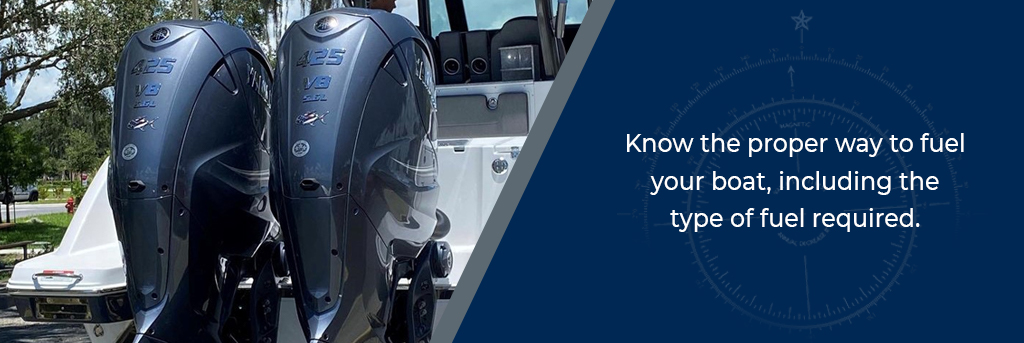As a new boater or first-time boat owner, you are about to embark on a wonderful new lifestyle. Whether you’re enjoying your boat for fishing excursions or family fun, you’re sure to have many exciting adventures ahead of you! Once you find the perfect boat and become a proud owner, here are nine things new boat owners should do before hitting the open seas.
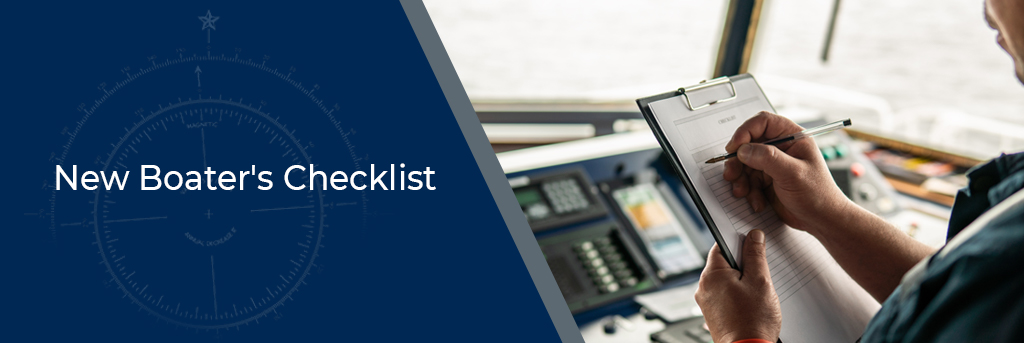
1. Get Your Boating License
The first item on your new boat owners checklist is to know your state’s license requirements. Most states require a boating license or safety and education certificate. The license is only good for the state in which it was issued, so you will need to get a license for each state where you plan to operate your boat (if more than one).
In Florida, there is a Boating Safety Education Identification Card instead of a boat license. The card is valid for the rest of your life and can be obtained after you complete an approved boating safety course.
While the process of getting your boating license or safety card involves some instruction, you may also want to sign up for boat driving instruction if you’re not already an experienced boater.
2. Register your boat
New boat owners should also understand registration requirements. Every state has its own boat registration requirements. In Florida, for example, all motorized vessels operating on public waterways must be titled and registered. You have 30 days after purchasing your boat to title and register it. Choose between a one or two-year registration. Florida Highway Safety and Motor Vehicles (FLHSMV) issues vessel registrations and titles, which can be applied for at a county tax collector or license plate agent office. Proof of ownership can be demonstrated with any of the following:
- Executed bill of sale
- Builder’s contract
- Manufacturer’s statement of origin
- Federal marine document
- Another document acceptable to the FLHSMV
If you are registering your boat in a different state, you can easily look up the requirements online.
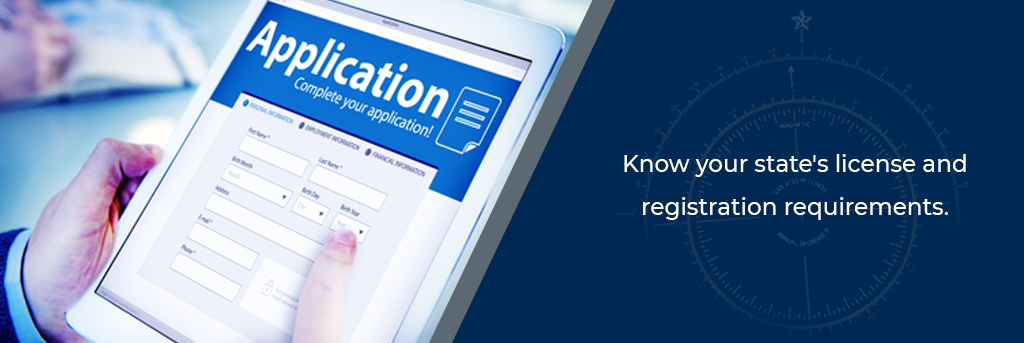
3 . Purchase Insurance For Your Boat
Boat insurance may not be a state-level requirement, but if you are financing your boat purchase and/or storing it at a marina, you may need to provide proof of insurance. Contact your current auto insurer to see if they also offer boat insurance. You may be able to save by bundling your policies but you should also get a few different quotes. Read more about boat insurance in “Do You Need Insurance On A Boat”.
4. Decide where to store your boat
Whatever state you live in, you’ll need to figure out where to keep your boat in the warmer months as well as for the winter (if your state has one). The three main boat storage options are:
- In-water storage: Good for states with mild winters like Florida. You can also winterize your boat and add an agitator to keep it stored in water during the colder months.
- Dry outdoor storage: This is a popular option because it keeps your boat safe and is often the most economical choice for boat storage. You can find dry outdoor storage at your local marina, boatyard, or fenced lot.
- Dry indoor storage: This is the most expensive option (unless you have a big enough garage) but it also offers the most protection. Commercial indoor storage options are called dry stack facilities or boatels.
Wherever you decide to store your boat, make sure to give it a good spring cleaning before you start driving it again.
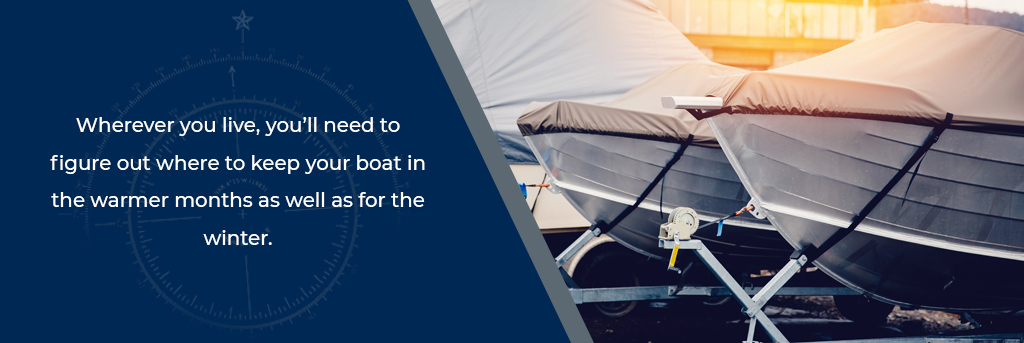
5. Learn How to Trailer Your Boat
If you plan to take your boat with you for fishing trips or a week’s vacation, you need to know how to trailer it. Here are the basic steps:
- Back the trailer into the water.
- Put your emergency brake on and chocks behind the wheels.
- Drive or float the boat to center it on the trailer.
- Attach the bow winch strap or cable to the bow eye and winch it up until the bow reaches the winch post at the roller at the trailer’s front end.
- Attach the emergency backup chain.
- Once connected, pull your boat slowly up the ramp until it comes to rest evenly on the trailer.
- Perform safety checks in the parking lot. Is the boat properly attached and tied down? Check the turn signals and brake lights on your trailer. Make sure the tires are well-inflated, have good tread, and aren’t leaking grease.
- Finally, remove anything that could blow away on the road such as the drain plug.
You may want to practice a few times close to home until you get the hang of it.
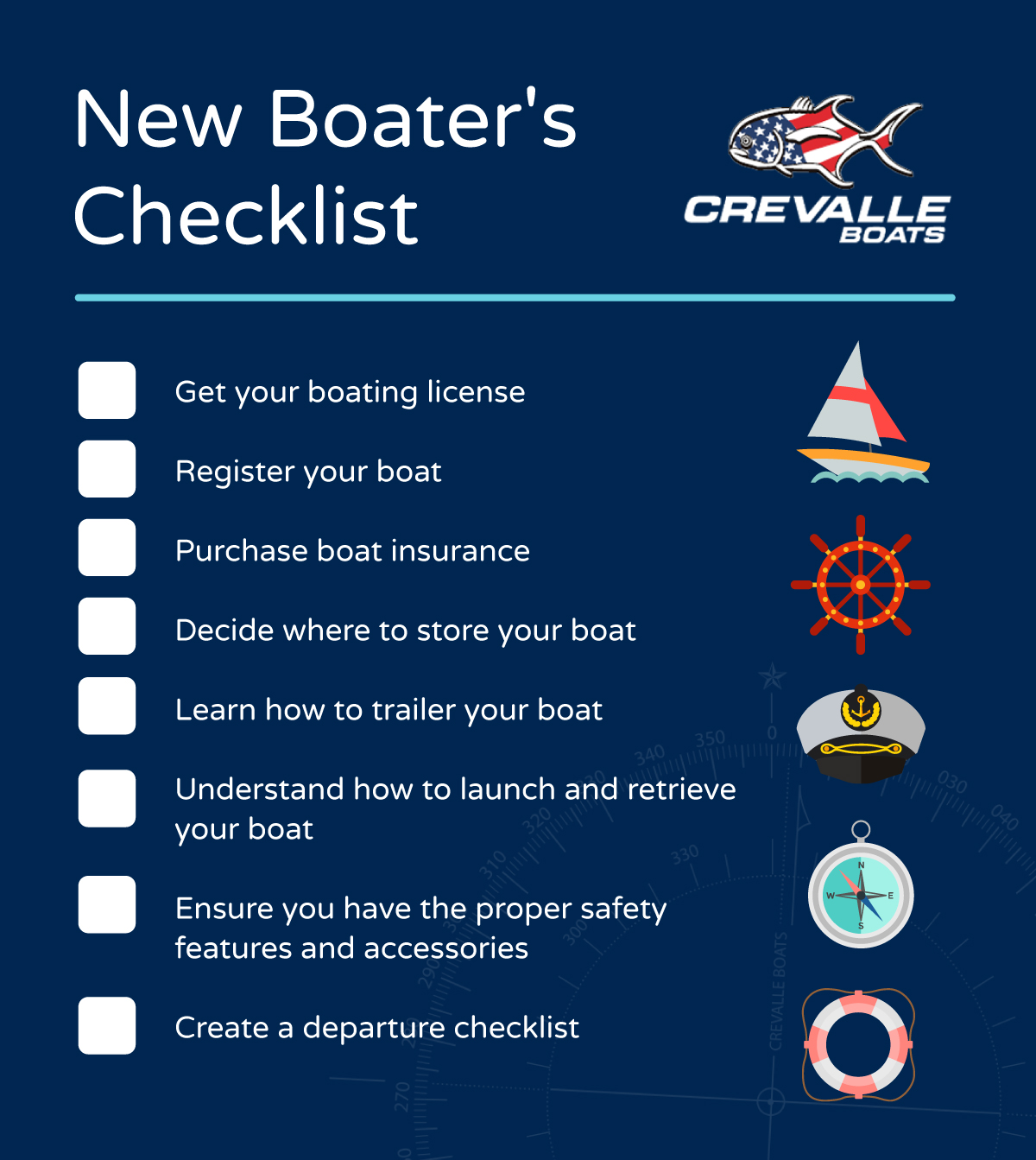
6. Understand how to launch and retrieve your boat
Once you’ve mastered trailering your boat, you’re ready to launch! Here are the steps to follow:
- Make sure the drain plug is installed and the key is in the ignition.
- Load everything into your boat that you need for your trip.
- Attach fenders to the dockside of the boat and remove transom tie-down straps.
- Attach dock lines to the bow and stern cleats.
- Unplug trailer lights from the tow vehicle.
- Back your tow vehicle straight down the ramp until the stern is floating.
- Put your vehicle in park, put the emergency brake on, and release the trailer winch and safety chain.
- Using a bowline, give the boat a push and slide it off the trailer to float in the water.
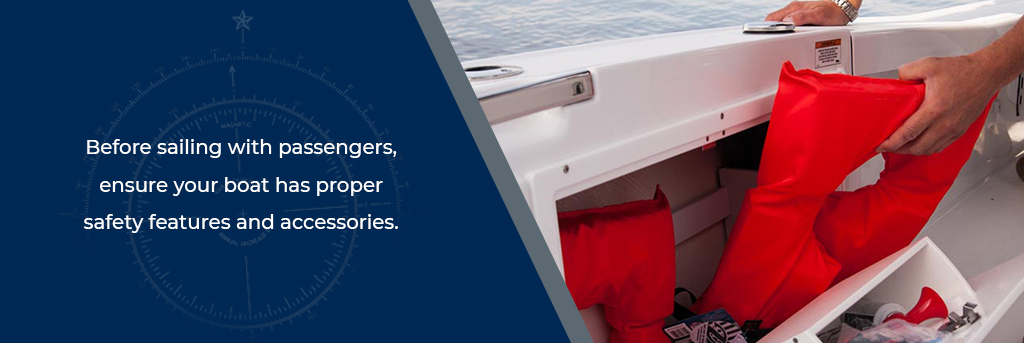
7. Ensure you have the proper safety features and accessories
Safety equipment is a must for new boat owners and all boat owners. Crevalle boats are designed by fishermen with the whole family in mind, so they have plenty of storage space for your essentials:
- Life Jackets and wearable personal flotation devices
- Throwable flotation devices
- Fire extinguishers
- Visual distress signals
- Sound signaling devices
- First Aid Kit
- Anchor with line
- Bailing device to dewater and stay afloat
- Oars or paddles
- Knife
- Snorkel mask
- Heavy-duty flashlight
- Skier or diver down flag
(Check out more cool boat accessories)
If you plan to bring your pets aboard, you may need additional items for safe boating with your dog.
8. Know How to Fuel Your Boat
To get many seasons of reliability out of your boat, make sure to use the correct marine fuel and oil for your boat’s engine. All current outboard, sterndrive, and inboard gasoline engines should be fueled with no more than 10 percent ethanol (known as E10). If you use fuel with more than 10 percent ethanol, you are voiding the engine. Speaking of engines, Crevalle Boats come with pre-wired 8 AWG wiring for trolling motor, trolling motor plug panel, as well as optional engines and trolling motors.
9. Create a Pre-Departure Checklist
The last item on our checklist for new boat owners is to create a Float Plan. Similar to a flight plan, a float plan provides an overview of your boat trip. This can be used by emergency personnel if you never show up at your destination. A basic float plan should include a description of your boat, the number of passengers, the planned route to your destination, contact information, and a timeframe for your trip.
In addition to creating a flight plan, make a list of safety checks to perform:
- Do you have all your safety equipment?
- Top off your fuel
- Check your engine and coolant levels.
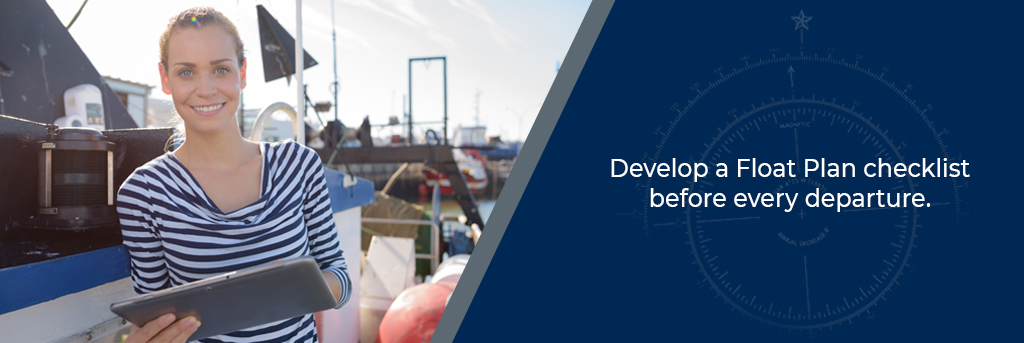
Start your boating journey with Crevalle!
At Crevalle, we believe that boating isn’t just a hobby; it’s a lifestyle. Welcome to your Crevalle life! Register your boat with Crevalle for our warranty program and consult your owner’s manual for the proper ways to care for your Crevalle hybrid bay boat. You can also contact us with any questions about caring for your Crevalle. For more boating tips, follow us on Facebook and check out our blog!

